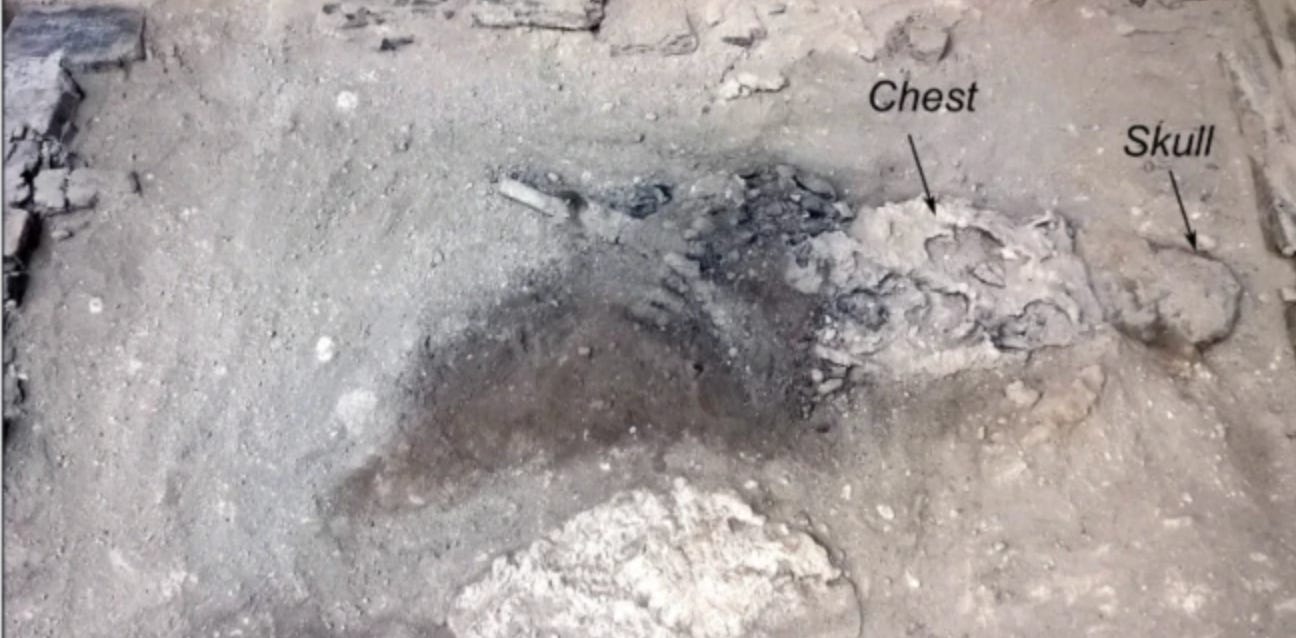It Seems the Eruption of Mt Vesuvius Turned A Man's Brain into Glass
The discovery stunned archeologists who wondered how such a thing were possible
Hiya!
You’re likely familiar with the historically dramatic event of 79 CE, when Italy’s Mount Vesuvius unexpectedly erupted and buried the infamous Roman city of Pompeii and a lesser-known town called Herculaneum with blankets of toxic pyroclastic flow, pumice, and ash.
What captures our imaginations and sets this one apart from the other countless volcanic eruptions over time, is how this catastrophic event maintained much of what it destroyed in exquisite detail — particularly the thousands of preserved inhabitants frozen in their last positions.
But recently, archaeologists discovered something else. The eruption appears to have preserved one person’s brain by turning it into glass. There’s only one issue with this discovery, though. It’s not supposed to be possible.
Initial Discovery
In its wake, the eruption of Mount Vesuvius immortalized Pompeii and Herculaneum by preserving some of their scrolls, frescoes, and, most importantly, the positions and bodies of thousands of inhabitants when they died.
There they remained for centuries, hidden beneath thick layers of volcanic material and mud, until they were finally unearthed in the 18th century. Since then archaeologists have worked hard to excavate the sites.
In the 1960s, the remains of a person were found lying on a wooden bed inside a building called the College of the Augustales, which was dedicated to the cult of Emperor Augustus, who died in 14 CE. The person, believed to be the college’s custodian, is assumed to be a male who was around 20 years old when he died.

However, it wasn’t until 2018 that researchers examined the custodian’s remains in more detail — and that’s when they discovered something strange inside the person’s skull.



